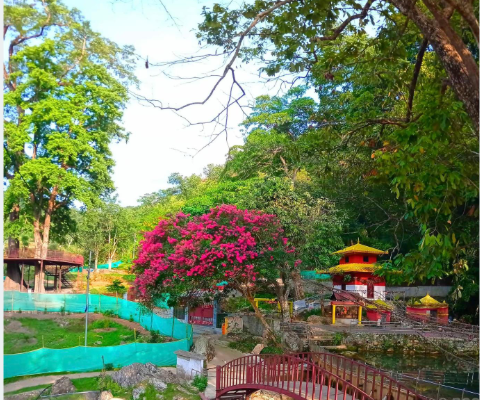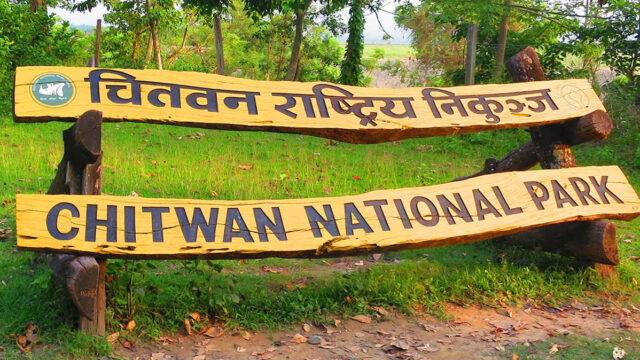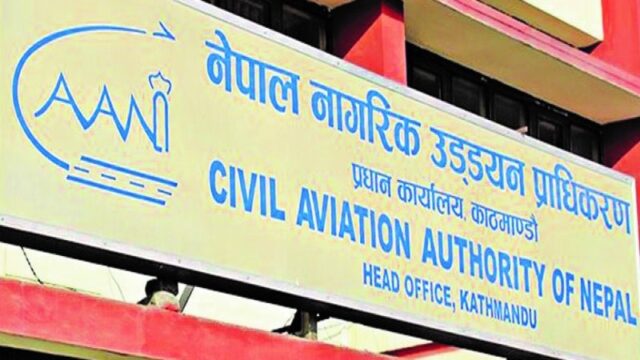With the aim of promoting religious tourism and enhancing local economic opportunities, significant infrastructure development has been carried out at Andhimul, a revered spiritual site in Aanbukhaireni Rural Municipality–1, Yanchok, Tanahun district. This project is part of a broader initiative to transform Andhimul into a key religious tourism destination in the Gandaki Province.
Infrastructure Built to Attract Pilgrims and Tourists
To develop Andhimul as a hub for visitors, multiple tourist-friendly facilities have been constructed, including a large artificial lake, a pedestrian pathway, a viewing center, and a treehouse. According to Aanbukhaireni Rural Municipality Chairperson Shukra Chuman, the beautification and development work in Andhimul have cost around NPR 15 million.
The most prominent feature of the development is the artificial lake created by collecting water from the sacred spring, locally known as Mool. “The lake is now complete,” said Chuman, “and it has been designed to allow boating activities for tourists.” The newly constructed infrastructure aims to merge spiritual significance with recreational value, thereby attracting a wide range of visitors.
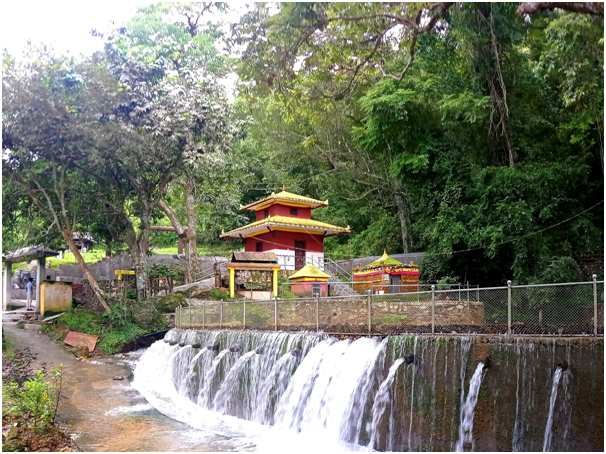
Tapping Into Religious Heritage for Tourism
Andhimul is already known for its sacred temple and religious significance. The area receives pilgrims from across Nepal who come to worship at the Andhimul Barahi Temple, which is believed to grant wishes and bring peace of mind to devotees. “Recognizing the religious importance of this place, we are now connecting tourism efforts with its cultural roots,” added Chuman.
The artificial lake spans 15 ropanis (approximately 0.76 hectares), and NPR 4 million was allocated in the current fiscal year for its development. Chairperson Chuman mentioned that they plan to introduce water-based recreational activities and possibly hydroelectric power generation in partnership with the private sector in the near future.
Growing Interest from Internal Tourists
According to Himal Thapa, Chairperson of the Andhimul Management Committee, interest in Andhimul from internal tourists has seen a steady rise in recent years. Many visit the site not only for spiritual reasons but also to enjoy its peaceful and scenic surroundings. “We see families, religious groups, and young adventurers coming to explore and worship,” Thapa said.
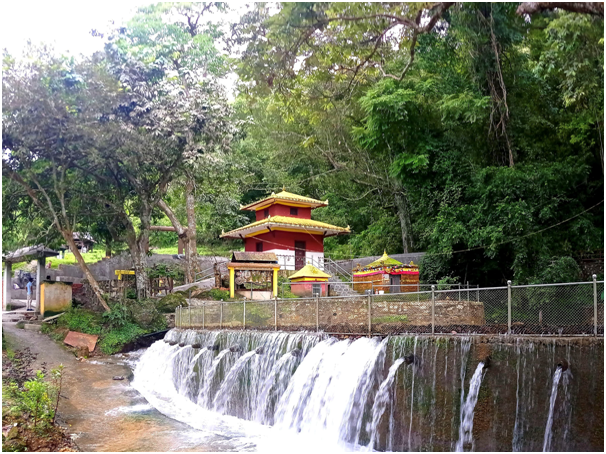
One of the unique religious beliefs surrounding Andhimul is the presence of sacred fish in the temple pond. Locals believe these fish are manifestations of the water deity. If a fish dies, a proper funeral and rituals must be performed. “The priest removes the dead fish and carries out a burial ceremony, as per age-old traditions,” shared Thapa.
Ancient Traditions and Cultural Significance
The site’s spiritual roots go deep. Devotees have been offering prayers under the ancient tree at Andhimul since time immemorial. The existing temple structure was built in 2035 BS (1978 AD) through the efforts of local resident Pakuli Pariyar. Andhimul is particularly popular on Haribodhini Ekadashi, when devotees submerge flower offerings in the sacred pond, and traditional toran (decorative hangings) are set up around the temple.
Local Magar communities also hold rituals at the site before and after the planting and harvesting seasons, continuing their ancestral practice of worshipping nature, specifically water, forest, and land. The belief that prayers made at Andhimul are always fulfilled has drawn increasing numbers of pilgrims from districts such as Tanahun, Kaski, and Syangja.
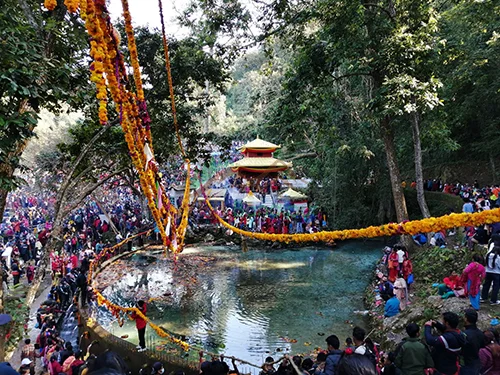
Enhanced Accessibility and Road Development
Situated just two kilometers from the busy Prithvi Highway, Andhimul is becoming more accessible to travelers. According to Chairperson Chuman, 900 meters of road leading to the site has already been blacktopped, with plans to further improve connectivity. With proximity to one of Nepal’s main highways, Andhimul is poised to become an easily reachable weekend spiritual retreat or family outing destination.
The site now includes a pagoda-style temple, two ponds, a beautifully landscaped park, and 23 water taps designed in the shape of fish, an aesthetic and symbolic representation of the sacred aquatic life believed to inhabit the site. Visitors are particularly drawn to these elements of design that blend natural and religious symbolism.
Festival Days and Local Beliefs
Andhimul sees its highest footfall during Thulo Ekadashi, when a grand fair is organized. The natural setting and spiritual atmosphere also attract internal tourists for picnics and sightseeing. According to Chairperson Chuman, worship is held daily except on specific days like Shrawan and Aunsi, while sacrificial offerings of doves, goats, and chickens are part of the rituals practiced at the temple.
The blend of faith and natural beauty continues to shape Andhimul into a multi-faceted destination. With increased investment and growing interest among both locals and travelers, Andhimul is fast becoming one of Tanahun’s most celebrated religious and tourism sites. The local government and community stakeholders hope that continued development will not only preserve its cultural richness but also stimulate sustainable economic growth through tourism.
